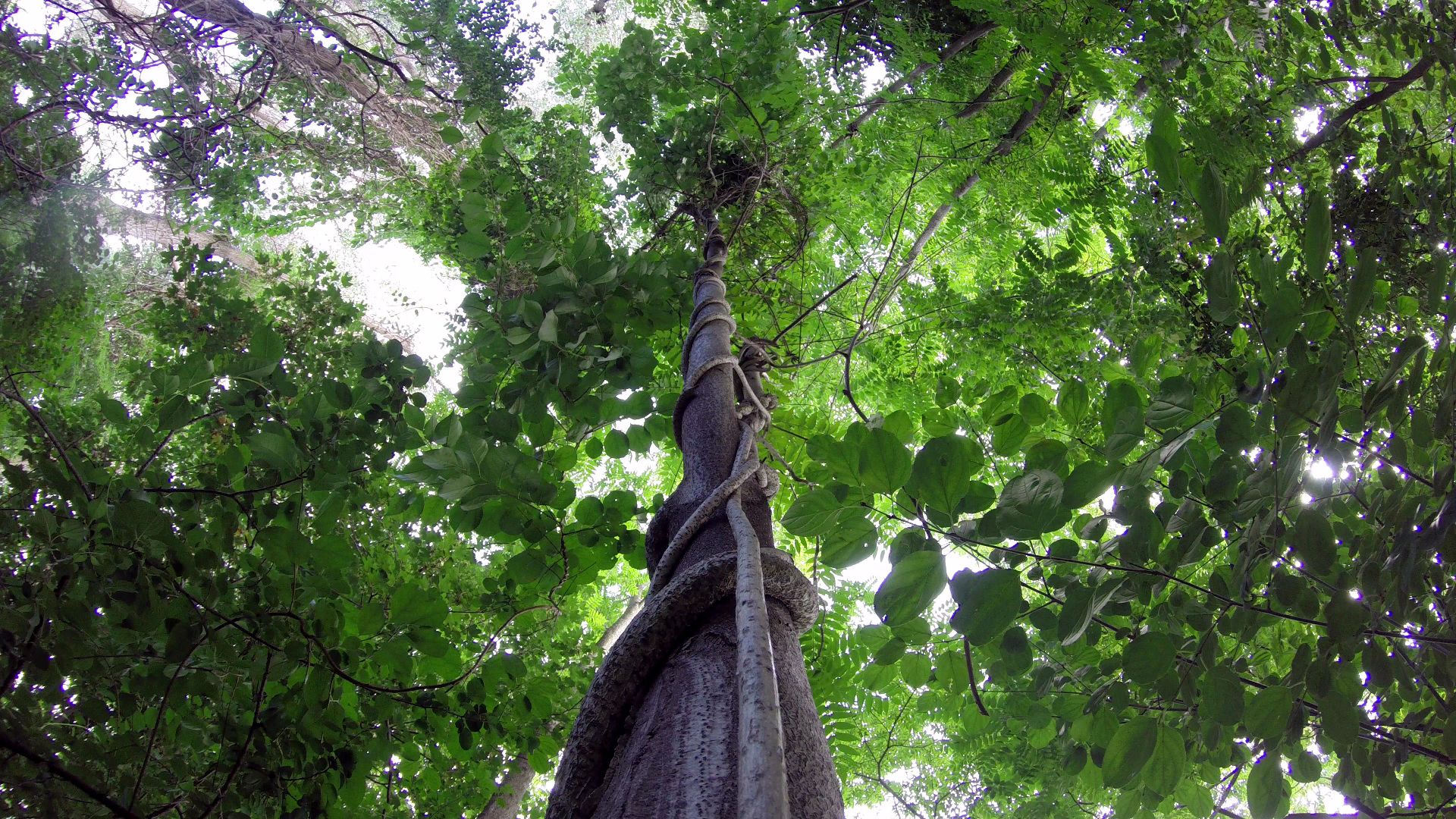Networks + Natures
Feral Trees
How can we expose our perceptions of nature, landscape, and the city as not natural but constructed? What perspectives on the contested biopolitics of the city are offered by invasive species and urban wilds?- Time

Cities, nature, and knowledge itself: we often resolve images of these things in the branching forms of trees. Rivers, traffic, bits and bytes: these things, too, run in networks. We often speak of technology as antithetical to the natural world—where technology reigns, nature retreats. And yet wherever we look in the world, natural and technical things meet and merge, find ways to enfold one another. What are technology’s roles in our experience of the natural world? metaLAB is exploring this question through artistic provocations, field research, and the development of digital platforms for exploring urban ecology. A crucial partner in this exploration is Harvard Arnold Arboretum, where we continue to explore opportunities to bring data, media, and archival materials into dialogue about the natural and cultural dimensions of urban wilds. Future initiatives will include media documentation of botanical collecting, the development of platforms and provocations for encountering gardens and arboreta in new and nourishing ways, and convivial encounters with invasive plants species in food and drink.
One topic of special interest in metaLAB’s Networks and Natures initiative has been the tree species Ailanthus altissima, also known as Tree of Heaven. Ailanthus is often termed an “invasive species”: an uninvited guest, an intractable weed unleashed from its native Chinese forests, the embodiment of a failure to properly police vegetal immigration—Ailanthus is perhaps the example par excellence of the weedy urban tree. And yet it also makes for a curious example of a species adapted to city life, flourishing as a knee-level weed and vaulting up to match the oaks and beeches of the proper, approved urban forest. We’re developing a design-forward interactive documentary to catch the elusive qualities of these feral urban trees. Ailanthus is the topic of “Feral Trees,” a web-based experience which, in its attention to green and woody ways of knowing, the well-wrought quality of its media, and the estranging effects of weediness on the geographical imagination, will offer a singular experience of weedy flourishing in the city. The species is also the main character in the book TREE (Bloomsbury 2017), by Matthew Battles, with photographs by Sarah W. Newman.